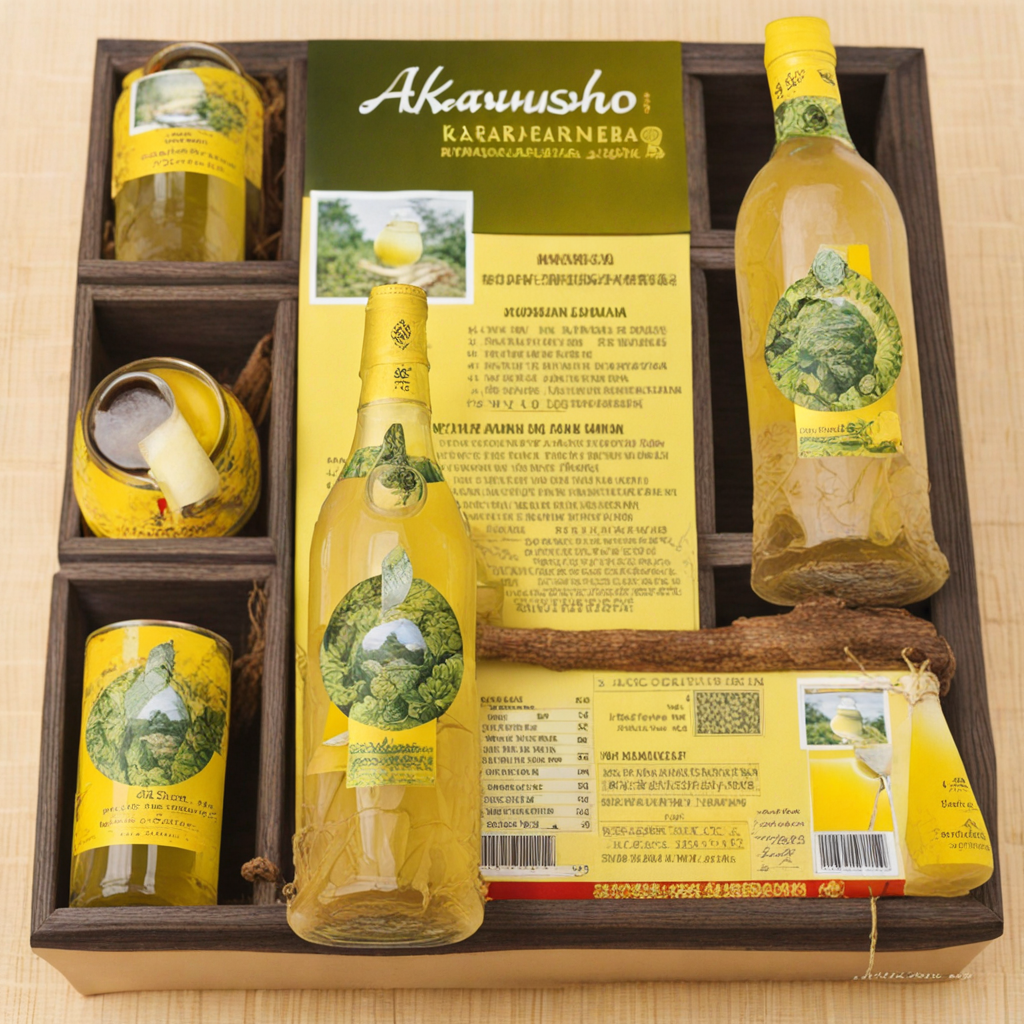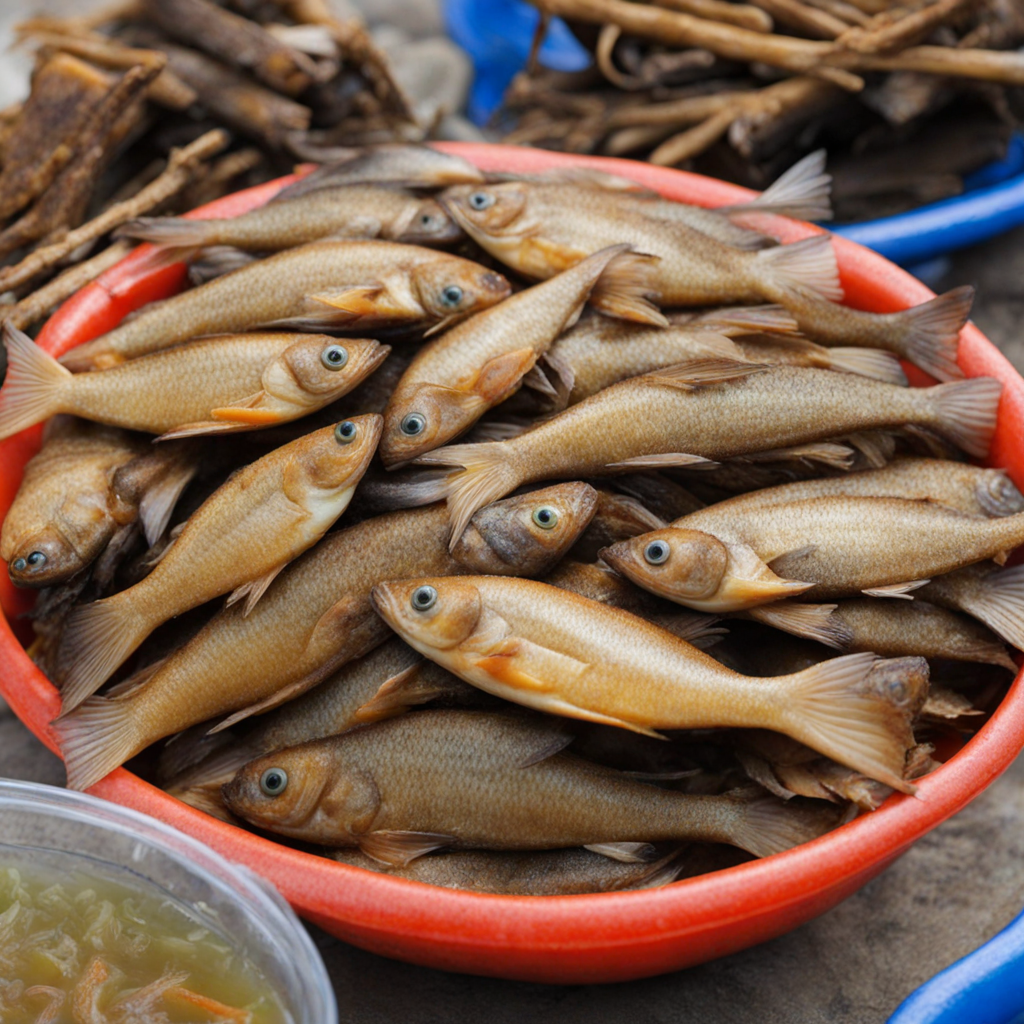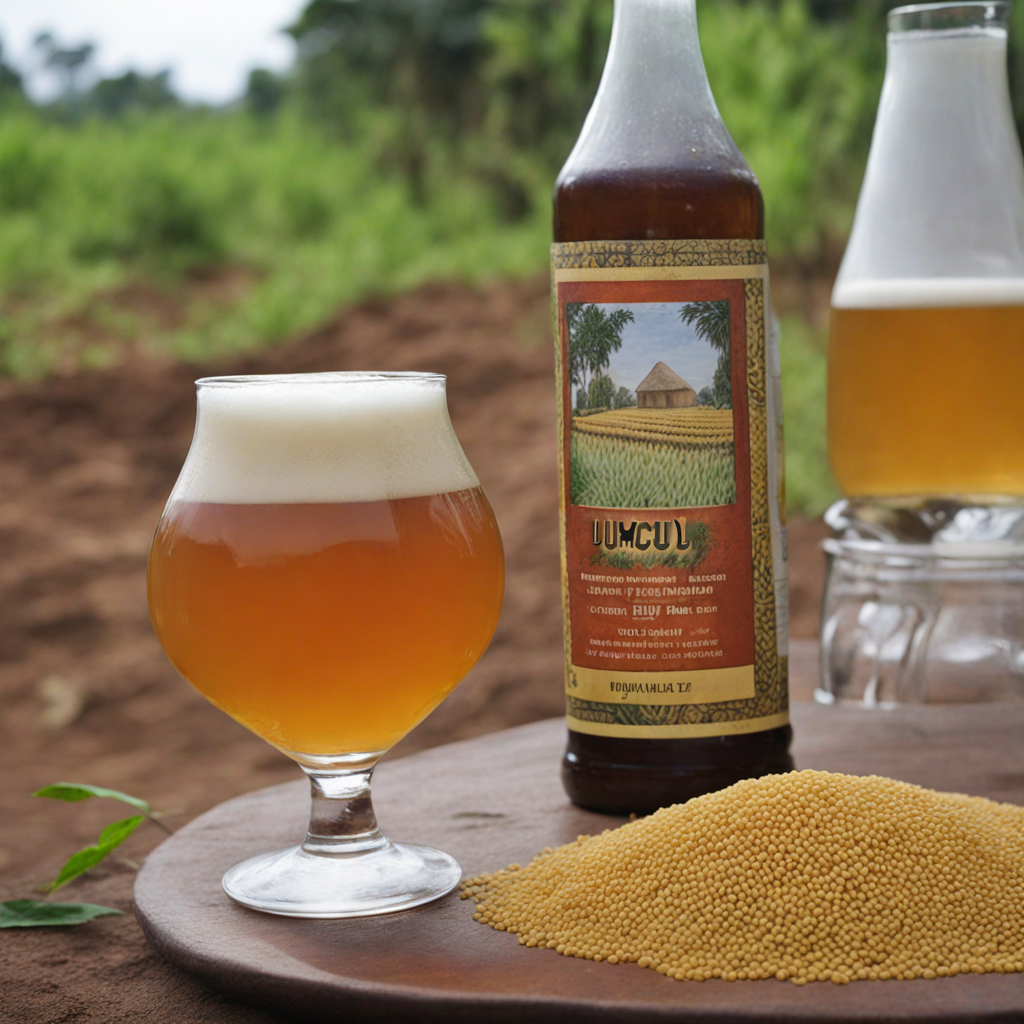Akandamutsa
Akandamutsa is a traditional Rwandan dish that beautifully showcases the country's rich agricultural heritage and culinary traditions. This dish primarily features the staple ingredient, sweet potatoes, which are widely cultivated in Rwanda. The sweet potatoes are often boiled or steamed until they reach a tender, melt-in-your-mouth consistency. Their natural sweetness is complemented by a blend of local seasonings and spices, creating a harmonious balance of flavors that is both comforting and satisfying. The dish is typically served alongside a variety of accompaniments, such as sautéed greens, beans, or even meat, adding depth and variety to the meal. The vibrant colors of the vegetables and the earthy tones of the sweet potatoes make for an appealing presentation, inviting diners to indulge in the feast. The preparation process often involves communal cooking, where family and friends gather to share not only food but also stories, making Akandamutsa a dish that is steeped in cultural significance and social connection. What sets Akandamutsa apart is its versatility; it can be enjoyed as a hearty breakfast, a fulfilling lunch, or a comforting dinner. Each bite offers a glimpse into Rwandan life, reflecting the agricultural practices and seasonal produce of the region. The dish is not just about sustenance; it embodies the spirit of community and the joy of sharing a meal with loved ones, making it a truly unique culinary experience that leaves a lasting impression on those who savor it.
How It Became This Dish
Akandamutsa: A Culinary Jewel of Rwanda Origins and Ingredients Akandamutsa, a traditional Rwandan dish, holds a special place in the culinary heritage of the country. Rooted in the rich agricultural practices of Rwanda, this dish showcases the local ingredients that have sustained communities for generations. Akandamutsa is primarily made from maize and beans, two staples that have been integral to Rwandan diets since time immemorial. The cultivation of maize in Rwanda can be traced back to the 19th century, influenced by trade and agricultural exchanges with neighboring regions. Beans, known for their nutritional value, have been cultivated in Africa for thousands of years, making them a staple food across the continent. The dish is typically prepared by cooking the maize and beans together until they reach a soft, porridge-like consistency. The combination offers a complementary profile of carbohydrates and proteins, making it not only a filling meal but also a nutritious one. In some variations, ingredients such as pumpkin leaves, spinach, or other local vegetables are added, reflecting the seasonal availability of produce and the resourcefulness of the cooks. Cultural Significance In Rwandan culture, food is more than sustenance; it is an expression of identity, community, and tradition. Akandamutsa embodies these values, often served during communal gatherings, celebrations, and family events. The act of preparing and sharing this dish fosters a sense of unity among families and communities. In traditional Rwandan society, food is often a centerpiece of social life, where sharing a meal is synonymous with sharing stories, laughter, and bonds of kinship. Moreover, Akandamutsa is associated with Rwandan hospitality. When guests arrive, it is common for hosts to prepare this dish as a sign of welcome and respect. The simplicity of the ingredients belies the depth of flavor and the warmth it brings to gatherings, making it a beloved dish that transcends mere culinary enjoyment. Development Over Time The evolution of Akandamutsa mirrors the broader changes in Rwandan society. The 20th century was a tumultuous period for Rwanda, marked by political upheaval and social change. Despite these challenges, the resilience of Rwandan culture is evident in the preservation of traditional dishes like Akandamutsa. As people migrated and urbanized, the methods of preparation adapted, with many families incorporating modern cooking techniques while maintaining the dish's essence. In contemporary Rwanda, Akandamutsa has also found its way into the menus of restaurants and hotels, catering to both locals and tourists who are eager to experience authentic Rwandan cuisine. Chefs are experimenting with the dish, introducing new flavors and presentations while honoring the traditional recipe. This fusion of old and new reflects a broader trend in Rwandan gastronomy, where there is a growing appreciation for indigenous foods and the stories they tell. The rise of the farm-to-table movement has further revitalized interest in Akandamutsa. As Rwanda continues to develop its agricultural sector, there is a renewed focus on sustainable farming practices that prioritize local ingredients. This not only supports farmers but also enhances the quality and flavor of the food. The emphasis on local sourcing aligns with global culinary trends, allowing Akandamutsa to maintain its relevance in a rapidly changing food landscape. Symbol of Resilience and Identity Akandamutsa is not just a dish; it is a symbol of resilience and identity for the Rwandan people. The sorrows of the 1994 genocide and the subsequent efforts at reconciliation have influenced the way food is perceived and shared in the country. In this context, Akandamutsa stands as a testament to the enduring spirit of the Rwandan people, who have rebuilt their lives and communities through shared meals and collective memories. Food has played a crucial role in the healing process. During the days following the genocide, as communities began to rebuild, preparing and sharing meals became an important way to foster dialogue and understanding among diverse groups. Akandamutsa, with its simple yet profound ingredients, became a metaphor for hope and renewal, a reminder that even in the face of adversity, life goes on. Modern Interpretations and Global Recognition As Rwanda gains recognition on the global stage for its culture and landscapes, so too does its cuisine. Food festivals and culinary events celebrate traditional dishes like Akandamutsa, highlighting the importance of preserving cultural identity through food. Chefs and food enthusiasts are increasingly showcasing Rwandan cuisine, drawing attention to the rich flavors and history behind dishes like Akandamutsa. The global interest in healthy eating has also contributed to the resurgence of traditional foods. Akandamutsa, with its wholesome ingredients and nutritional benefits, fits perfectly into contemporary diets that prioritize whole foods and plant-based options. This has led to a renewed appreciation for the dish, both locally and internationally, as more people seek to understand the stories behind the food they consume. Conclusion Akandamutsa is more than just a traditional Rwandan dish; it is a narrative woven into the fabric of Rwandan history and culture. From its humble beginnings as a staple food for communities to its contemporary adaptations in restaurants, Akandamutsa embodies the resilience, hospitality, and cultural pride of the Rwandan people. As Rwanda continues to navigate its path forward, this dish remains a cherished symbol of its past, present, and future—a reminder of the power of food to bring people together, tell stories, and foster a sense of belonging. In a world that increasingly values authenticity and heritage, Akandamutsa serves as a delicious bridge between generations, inviting all to partake in the culinary journey of Rwanda. Whether enjoyed in a family home or at a bustling festival, this dish resonates with the essence of Rwanda—a land rich in beauty, spirit, and a vibrant culinary legacy.
You may like
Discover local flavors from Rwanda







